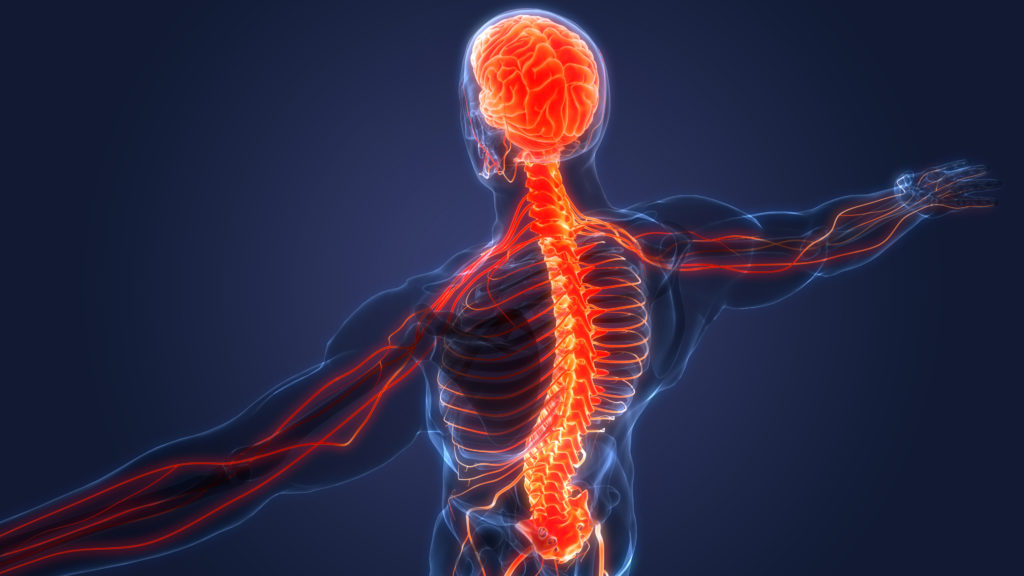Learn to Use the Nervous System to PR Your Next Lift

Key Takeaways
- The 2 main drivers of controlling nervous system arousal are going to be breathe + vision
- Faster inhales create a more sympathetic response while slower exhales create a more parasympathetic response
- Use of external queueing can be an effective tool to drive further performance
One of the keys of performance is learning how to get in the zone!
This is an extremely useful tool both to improve your own performance as well as help your clients consistently set PR’s in the gym.
Below is an excerpt from a recent podcast that I did with Doctor Mike T Nelson on regulating the nervous system to increase performance.
Give this a try in your next session or the next time that you sit down to do deep work!
And if you want to listen to the episode, click the link here to learn even more about improving your clients performance through better nervous system regulation.
Focus on eye position and breath is helpful, but what does that mean in practice?
Just before a lift, you can be focused on a single point and then you can increase the breathing rate a little bit.
So what I’ll do, let’s say dumbbell bench press, right?
- As I’m holding the weights, I’ll have them on my knees. I’ll probably do a couple of faster inhales, uh, through my mouth
- Then I’m going to pick a point that I’m going to focus on and then keep that as I’m doing the execution.
- I’m gonna try and get myself a little bit more sympathetic, right?
- So I position as more focused. I’m like looking at a ground position and then breathing and I’ll do like two or three quicker breasts
- Then I’ll go into the lift
During the lift I’ll do an external cue so my bias is more performance:
- I’m going imagine I’m throwing the dumbbells to the ceiling, right?
- Pick a position to look at that’s relatively close and then narrowed and keep that focus through the lift
- Set the DB’s back down and the set is done
Once I finish the lift, I am focused on recovering:
- I’ll actually walk around or move
- If it was like an extremely cardio-respiratory thing, like you’re doing dumbbell one RM rows for 15-20 reps or something like that, that’s a little bit more cardiovascular intensive. I may just sit until my heart rate gets back to normal,
- I’m going to walk around and I want kind of more of a panoramic view as moving through an environment Can be more parasympathetic.
I’ll do that. And then right before I get ready to do my next set, I’ll generally sit down for me. I’ll have my hands usually in this type of position. And then I try to get more focused on only one point until I feel like I’m ready to go again.
And then I just repeat that whole cycle.”
Exclusive Resource: Want to increase your client adherence and retention while you grow your revenue? Learn how to deliver a better client experience and create clients for life. Get your Copy of the 3 Steps to Create Clients for Life – here >>>
In this video, we’ll cover how to dominate your week while actually working less.
You’ll learn:
- How to control the nervous system through breathe and vision
- The role of extended eccentrics in programming
- Queues vs. establishing correct muscle function for athlete performance
- The right way to get in the zone for a lift
- How to train to be harder to kill
- And more
Give your clients the tools to see progress in the gym without having to change anything in your programming.
Help the PR so they stay motivated and keep crushing their goals.
In trying this in my own training, I have experienced a much greater ability to keep my output High during the entire workout with minimal drop off!
Give this a try with your training and your client, and reply back with how it went!


